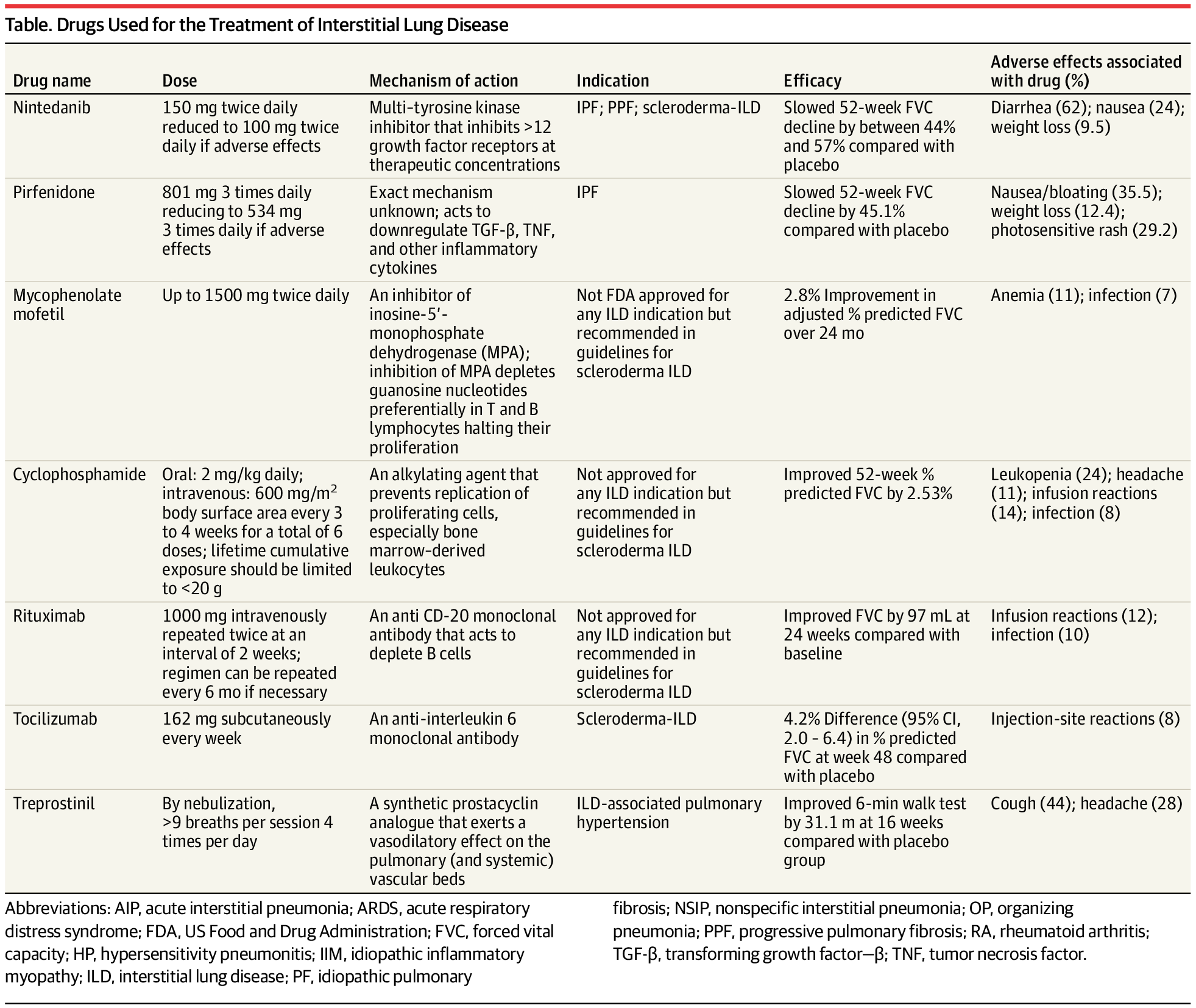UConn researchers design a programmable metamaterial that can morph into more configurations than there are atoms in the universe, in a blink of an eye
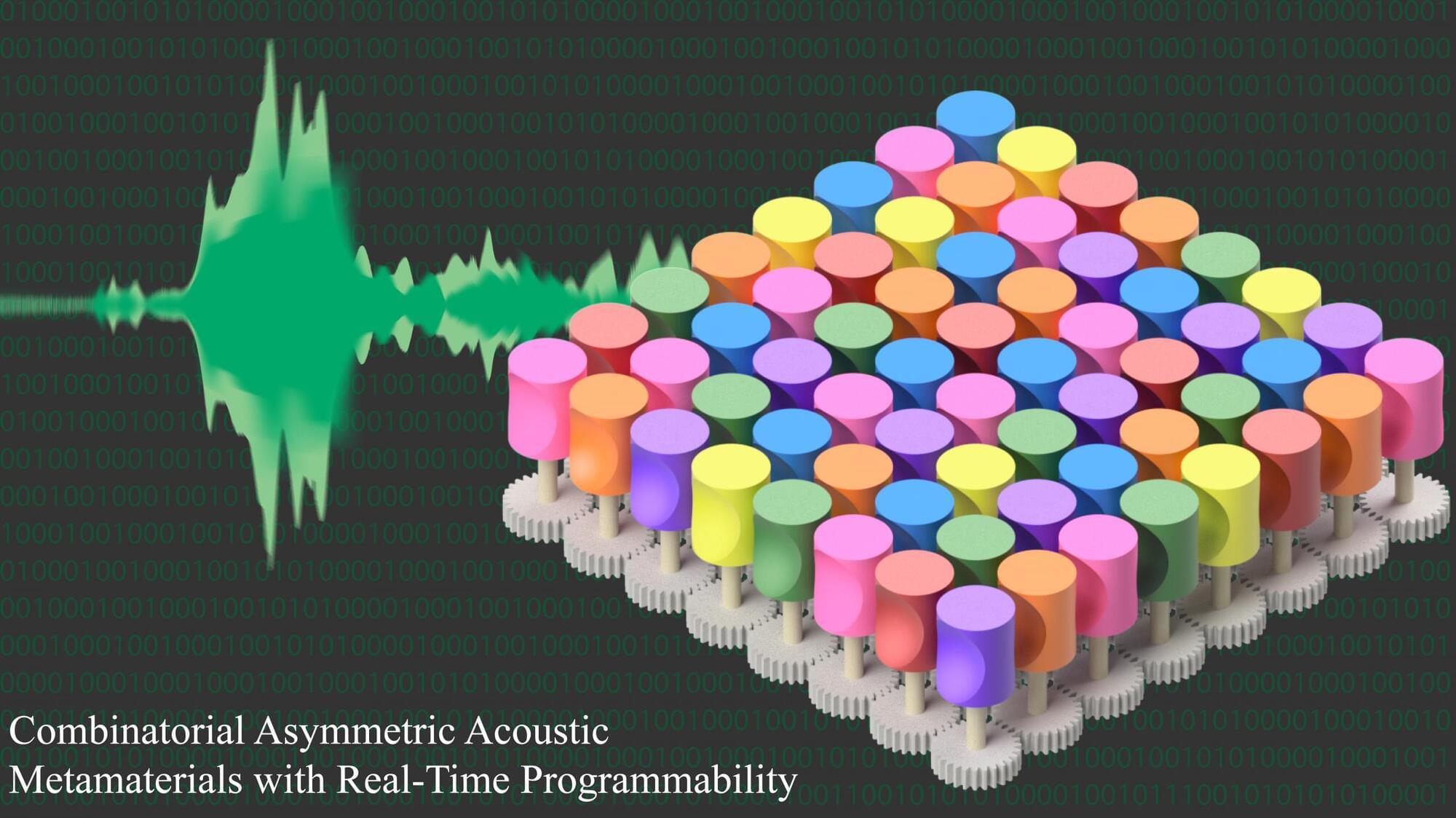

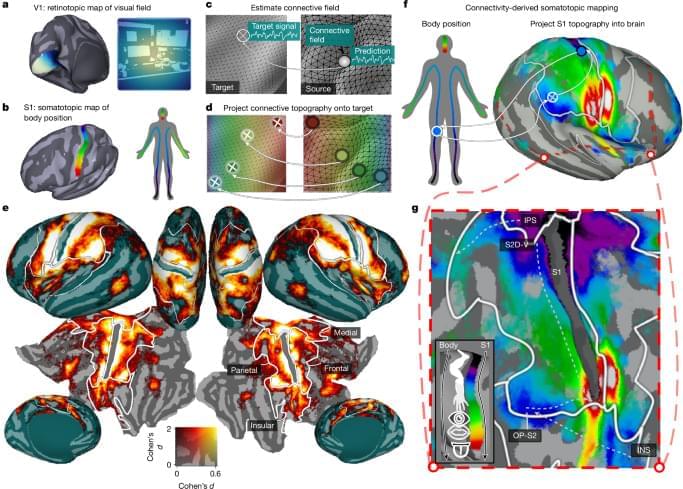
A central question in sensory neuroscience is how inputs from vision and touch are combined to generate cohesive representations of the external world. Here we reveal a widespread mode of brain organization in which aligned topographic maps bridge vision and somatosensation. We developed a computational model that revealed somatotopic structure in dorsolateral visual cortex. Somatotopic tuning in these regions was predictive of visual field locations more dorsally and visual body part selectivity more ventrally. These results suggest more extensive cross-modal overlap than traditionally assumed: the computational machinery classically attributed to the somatosensory system is also embedded within and aligned with that of the visual system. These aligned visual and bodily maps are a likely brain substrate for internalized somatosensory representations of visual signals, and are a candidate human homologue of findings in mice whereby somatomotor responses dominate visual cortex36.
Consistent with embodied perception theories, our model-based quantifications of somatotopic and retinotopic connectivity revealed that dorsolateral visual cortical responses to naturalistic stimuli are best explained by selectivities in both modalities, as opposed to visual selectivity alone. The necessity of incorporating body-referenced processing into models of dorsolateral visual cortex supports evidence that its role extends beyond passive visual analysis, encompassing perceptual, semantic and bodily functions optimized for behavioural interactions with the world25.
Consistent with visuospatial alignment of somatosensory tuning, we found that body part preferences in dorsolateral visual cortex predicted visual field tuning. Such alignment, previously reported at the terminus of the dorsal visual pathway around the postcentral sulcus28, therefore extends far into dorsal and lateral streams of the visual system. This alignment may be reinforced by shared developmental influences, as somatotopic and retinotopic maps are shaped trophically from birth: dorsal regions represent the upper body and visual field, and ventral regions to the lower body and visual field22, providing a roughly aligned sensory periphery optimized for efficient environmental sampling and action. The explicit interweaving of touch and retinal coordinates may subserve efficient perception of environmental affordances and a cohesive sense of spatial self-representation.

Lecanemab, sold under the name Leqembi, is a monoclonal antibody therapy for Alzheimer’s disease that clears toxic amyloid plaques and delays cognitive decline. Researchers from VIB and KU Leuven have now demonstrated the mechanism behind it for the first time.
They showed that the “Fc fragment” of this monoclonal antibody is essential for engaging microglia—the immune cells of the brain—thus initiating the cellular machinery needed for plaque removal. This is the first direct mechanistic explanation for how this class of therapies works. It clarifies uncertainties in the field and offers a blueprint for developing safer, more effective Alzheimer’s treatments. The findings are published in Nature Neuroscience.
“Our study is the first to clearly demonstrate how this anti-amyloid antibody therapy works in Alzheimer’s disease. We show that the therapy’s efficacy relies on the antibody’s Fc fragment, which activates microglia to effectively clear amyloid plaques,” says Dr. Giulia Albertini, co-first author of the study. “The Fc fragment works as an anchor that microglia latch onto when they are near plaques, as a consequence of which these cells are reprogrammed to clear plaques more efficiently.”
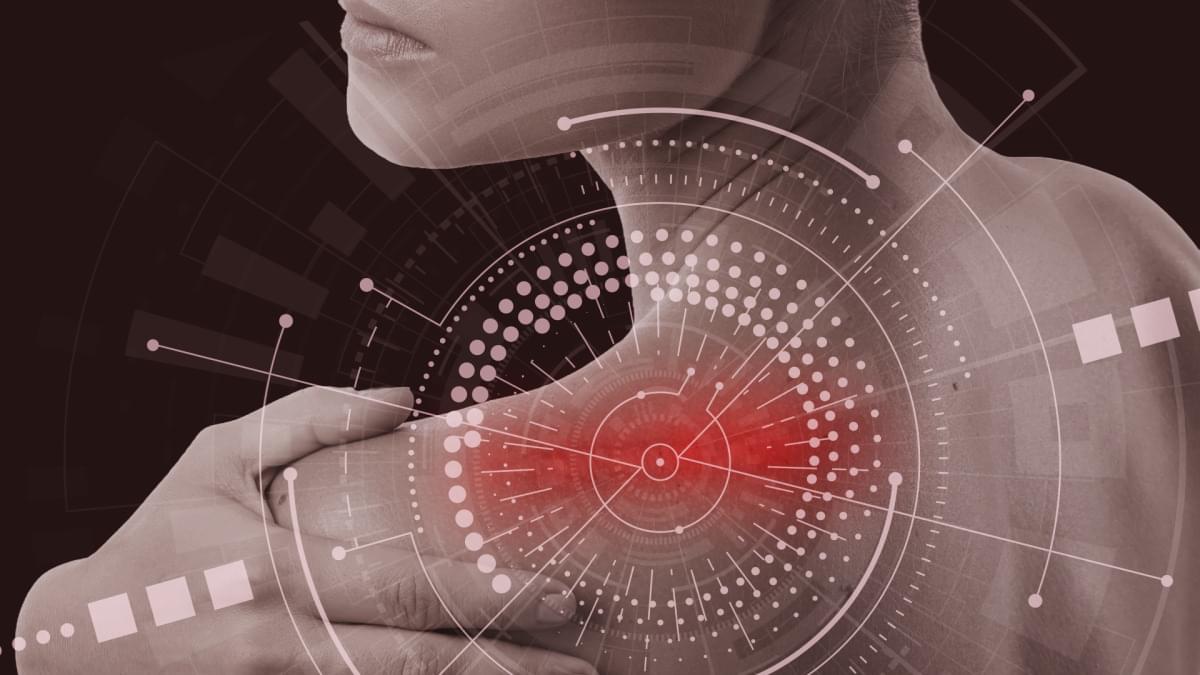
SerpinB3 turns out to be both a healing powerhouse and a cancer accomplice—revealing new possibilities for medicine. Researchers have uncovered that SerpinB3, typically linked to severe cancers, is also a key player in natural wound healing. The protein drives skin cell movement and tissue rebuilding, especially when paired with next-generation biomaterial dressings. Its newfound role explains why cancer cells exploit it and opens the door to new wound-healing therapies.
When a routine blood test shows high levels of a protein called SerpinB3, it often alerts doctors that something is seriously wrong. Elevated SerpinB3 can be associated with difficult-to-treat cancers or severe inflammatory diseases.
SerpinB3 is known as a key protein that helps reveal when the body’s barrier tissues, such as the skin and lungs, are under intense strain from cancer or long-term illness. It has typically been viewed as a sign that these protective surfaces are in trouble.


Tatiana Schlossberg, the 35-year-old granddaughter of John F. Kennedy and Jacqueline Kennedy Onassis, revealed this weekend that she has been diagnosed with a rare, terminal blood and bone-marrow cancer and has less than a year to live. Her announcement comes as NewsNation prepares to air a special at 10 p.m. ET on Tuesday, in which Dr. Patrick Soon-Shiong — the billionaire surgeon, LA Times owner and part-owner of the Lakers — outlines his unconventional approach to treating cancer. Soon-Shiong says his method, already tested on nearly 1,000 patients in clinical trials, may hold the key to defeating the disease.
NewsNation’s Chris Cuomo will host an hourlong special program, “Killing Cancer,” to examine a potentially groundbreaking and life-saving cancer treatment. You can watch the special live on NewsNation at 10 p.m. ET on Tuesday. Not sure how you can watch NewsNation? Use our Channel Finder.
Chris Cuomo hosts \.
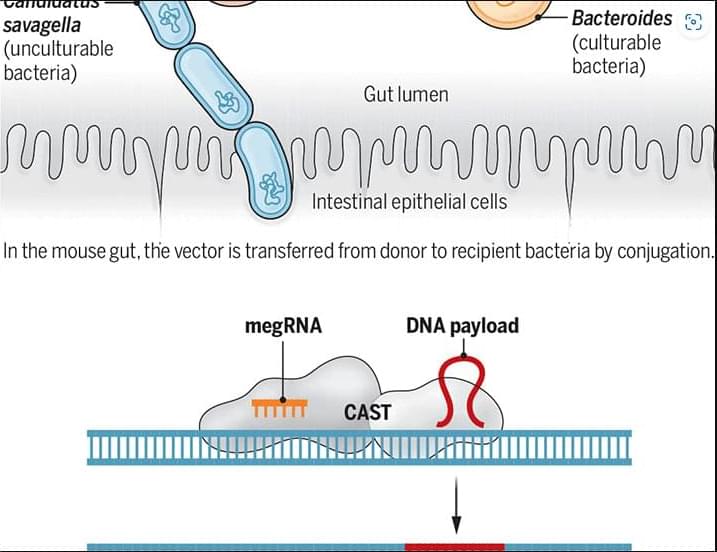
In a new Science study, researchers describe MetaEdit, a strategy that enables targeted insertion of large DNA sequences into the genome of bacteria within the mouse gut environment.
Learn more in a new Science Perspective.
A gene-editing approach enables modification of bacteria within the mouse gut.
Amandine Maire and David Bikard Authors Info & Affiliations
Science
Vol 390, Issue 6774
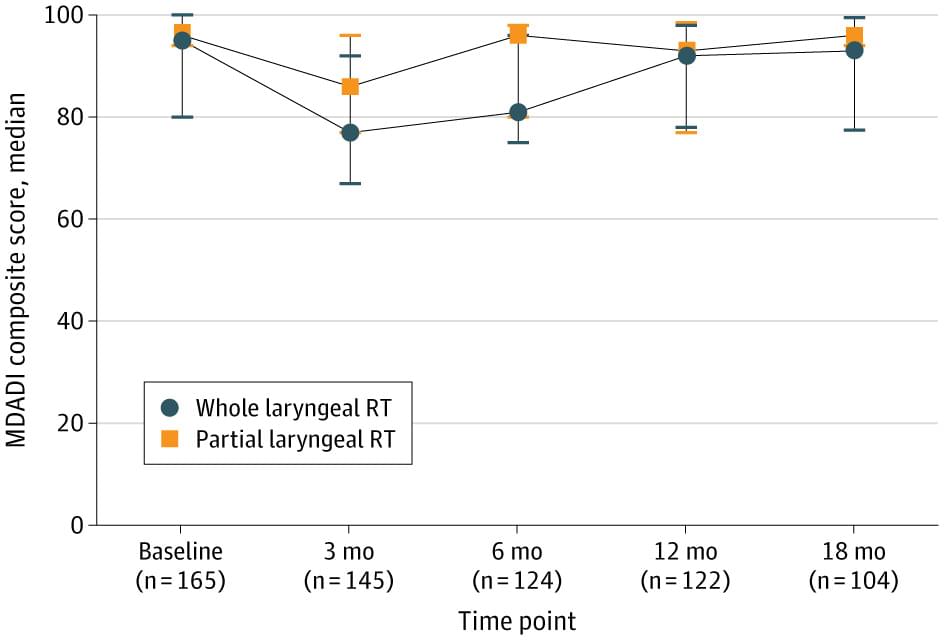
Partial laryngeal radiotherapy was associated with potentially favorable oncologic outcomes and toxic effects profiles compared to whole laryngeal radiotherapy.
This cohort study of clinical stage T1-2N0M0/Tis laryngeal cancer treated with radiotherapy in 233 patients at a single institution with more than 10 years of experience using IMRT between 2013 and 2024 found similar survival outcomes between WLRT and PLRT, with potentially lower toxic effects for PLRT. However, imprecise and unadjusted estimates prevent definitive conclusions. The patient-reported MDADI composite scores at 3 and 6 months postradiotherapy in the PLRT group were higher than the WLRT group.
The 3-year locoregional control outcome from this cohort was 86.5%, which is consistent with the initial observation study from our own institution,5 and previous studies3,7,8,14,15 reported 3-year local control rates of 70.0% to 94.4% of clinical stage T1-2N0M0/Tis laryngeal carcinoma treated with carotid sparing IMRT. Notably, our study had a 3-year locoregional control of 86.5%, which may be an overestimation because the median follow-up period in the PLRT group was only 31 (16−64) months. A history of smoking of 10 or more pack-years was associated with a 4.6-fold increased risk of local failure (HR, 4.62; 95% CI, 1.06−20.00). This finding corresponds with prior studies21-23 and emphasizes the importance of smoking cessation in laryngeal cancer.
Although PLRT for clinical stage T1-2N0M0/Tis laryngeal carcinoma can deliver a more precisely conformed dose to the target while sparing surrounding normal tissue—the uninvolved larynx, carotid arteries, thyroid gland, constrictor muscle, and upper esophagus12, 24 —the PLRT technique has still led to debate on the safety and benefit of this treatment. A major concern with this approach was the risk of geographic RT misses caused by inaccurate target delineation and target motion during RT due to patient swallowing. Few series15, 19, 24, 25 have reported on clinical outcomes of PLRT in clinical stage T1-2N0M0/Tis laryngeal carcinoma. Tans et al19 conducted a study that included 111 patients (108 with T1a and 3 with T2a) treated with PLRT (58.08 Gy) in 16 fractions and reported a 3-year local control rate of 99.1% with good voice handicap index scores.
